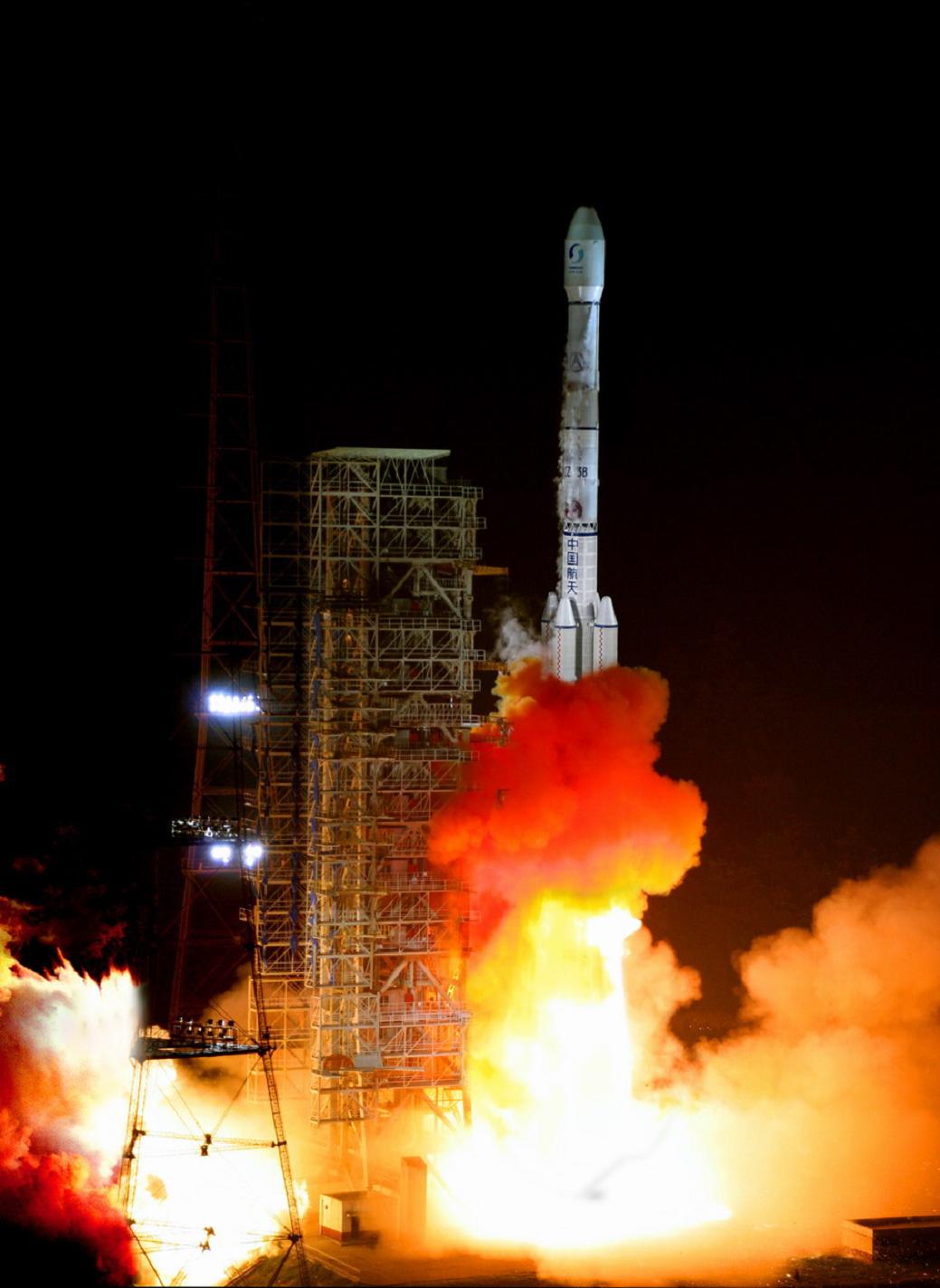Previous Spaceflight Launches
Filter by Agency, Locations or Vehicles
Show All LaunchesSpaceShipTwo | VSS Enterprise GF14
Virgin Galactic | United States of AmericaAir launch to Suborbital flight
June 23, 2011, noon
Soyuz-U | Progress M-11M (43P)
Russian Federal Space Agency (ROSCOSMOS) | RussiaBaikonur Cosmodrome, Republic of Kazakhstan
June 21, 2011, 2:38 p.m.
SpaceShipTwo | VSS Enterprise GF13
Virgin Galactic | United States of AmericaAir launch to Suborbital flight
June 21, 2011, noon
Long March 3B | Chinasat-10
China Aerospace Science and Technology Corporation | ChinaXichang Satellite Launch Center, People's Republic of China
June 20, 2011, 4:13 p.m.
SpaceShipTwo | VSS Enterprise GF12
Virgin Galactic | United States of AmericaAir launch to Suborbital flight
June 15, 2011, noon
Safir | Rasad 1
Iranian Space Agency | IranSemnan Space Center, Islamic Republic of Iran
June 15, 2011, 9:15 a.m.
SpaceShipTwo | VSS Enterprise GF11
Virgin Galactic | United States of AmericaAir launch to Suborbital flight
June 14, 2011, noon
Delta II 7320 | SAC-D
United Launch Alliance | United States of AmericaVandenberg SFB, CA, USA
June 10, 2011, 2:20 p.m.
SpaceShipTwo | VSS Enterprise CC12
Virgin Galactic | United States of AmericaAir launch to Suborbital flight
June 9, 2011, noon
Soyuz FG | Soyuz TMA-02M
Progress Rocket Space Center | RussiaBaikonur Cosmodrome, Republic of Kazakhstan
June 7, 2011, 8:12 p.m.
Status: Launch Successful
Mission:
Soyuz TMA-02M begins expedition 28 by carrying 3 astronauts and cosmonauts to the International Space Station. Russian Commander, cosmonaut Sergey Volkov alongside Flight Engineers, Michael E. Fossum (NASA) & Satoshi Furukawa (JAXA) will launch aboard the Soyuz spacecraft from the Baikonur Cosmodrome in Kazakhstan and then rendezvous with the station. It landed on 22 November 2011, 02:26 UTC
Low Earth Orbit





